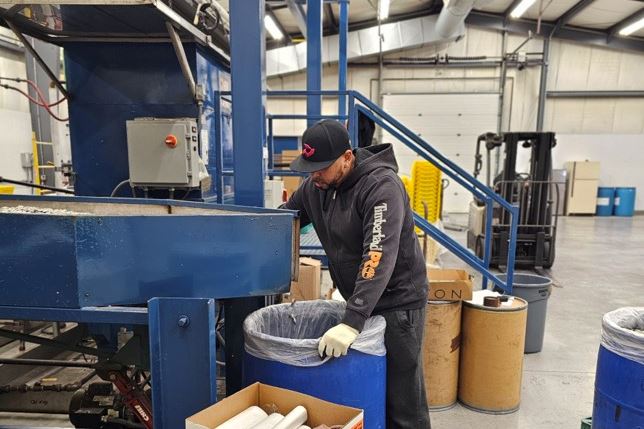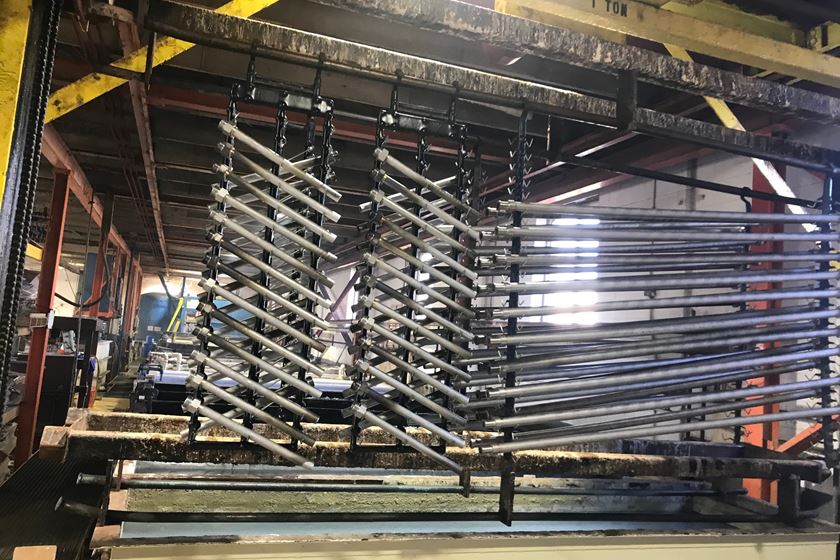EPA and Army Corps of Engineers Announce Plans for Revising Major US Waters Rule
EPA and the Corps plan to revise the Trump-era definition in two steps.
#nasf #regulation
EPA and the Army Corps of Engineers announced a series of meetings, comment sessions and other outreach they say will fulfill their promise to craft a “reasonable” definition of waters of the United States (WOTUS) that reflects input from all stakeholders.
EPA Administrator Michael Regan stated that the Agency is “committed to crafting an enduring definition of WOTUS by listening to all sides so that we can build on an inclusive foundation.” He added that “[u]ncertainty over the definition of WOTUS has harmed our waters and the stakeholders and communities that rely on them. I look forward to engaging all parties as we move forward to provide the certainty that’s needed to protect our precious natural water resources.”
Goal is a Reasonable Definition for Which Waters Should Be Regulated
In the announcement, EPA and the Corps said they “are committed to developing a reasonable, effective, and durable definition of WOTUS that protects public health, the environment, and downstream communities while supporting economic opportunity, agriculture, and other industries."
According to the July 30th release EPA and the Corps will revise the Trump-era definition in two steps, similar to the way the Trump administration revised the Obama-era definition. First, they will issue a “foundational rule” to restore the regulations that defined WOTUS prior to the 2015 Obama rule, with updates to be consistent with relevant Supreme Court decisions. Then, in a second, separate rulemaking the agencies say they intend to “refine this regulatory foundation and establish an updated and durable” definition of waters of the US.
EPA Schedules Series of Virtual Public Meetings
The agencies say they have scheduled a series of virtual public meetings in August (18th – 31st) to facilitate that process, and could add an additional virtual meeting on September 2nd for individuals to provide three-minute oral recommendations on what the new definition should look like. EPA and the Corps are accepting written recommendations on both rules and initiating federalism and tribal consultations with states and Native American tribes on the foundational rule. The agencies also intend to host a series of dialogues with state and tribal co-regulators this fall to discuss both rulemakings.
Republican Senators have expressed concern over the transparency of the stakeholder engagement and the rulemaking process. In particular, EPA’s intent to have a two-step rule this summer may not allow for formal and meaningful stakeholder engagement to inform the proposal. Nonetheless, revisions are expected for the WOTUS rule this year and the definition of WOTUS will remain uncertain.
This update is courtesy of the National Association for Surface Finishing (NASF). For more information or to become a member, visit nasf.org.
RELATED CONTENT
-
Mechanical Properties of Electroformed Metals
In 1996, the AESF held its highly regarded electroforming course, prepared by Ron Parkinson for presentation by The Nickel Development Institute (NiDI) and the AESF. What follows is a slightly modified excerpt, specifically on the mechanical properties of electroformed metals. Much of this information has withstood the test of time, and gives a perspective of this technology at the turn-of-the-century.
-
Cyanide-Free Electroplating of Cu-Sn Alloys
This paper is a peer-reviewed and edited version of a presentation delivered at NASF SUR/FIN 2012 in Las Vegas, Nev., on June 13, 2012.
-
A Process for Alkaline Non-cyanide Silver Plating for Direct Plating on Copper, Copper Alloys and Nickel Without a Silver Strike Bath
Traditionally, silver is electroplated in toxic, cyanide-based chemistry. Due to cyanide’s extreme hazard to human health and environments, developing non-cyanide silver chemistry is essential for the silver electroplating industry. Discussed here is an aqueous, alkaline non-cyanide silver plating technology, which can be directly plated over nickel as well as copper and its alloys. The silver deposits have perfect white color and better anti-tarnishing properties than other non-cyanide silver processes. The silver is plated entirely from the dissolving silver anode and the bath is very stable, and maintains a stable pH level both during plating and idle time. This new non-cyanide silver technology will plate bright silver that is perfectly suitable for electronic, industrial and decorative applications. .















